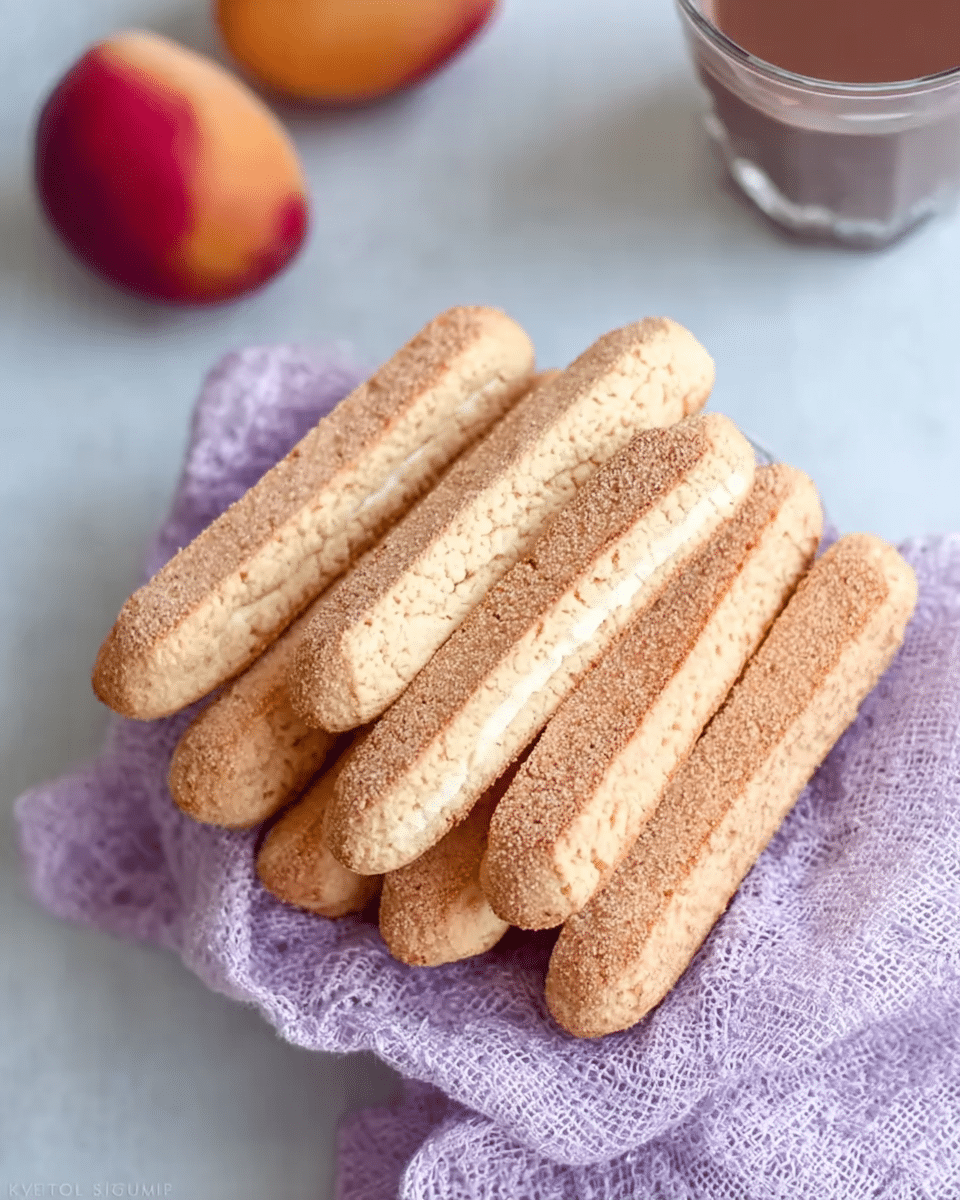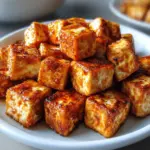The Light and Airy Texture of Ladyfingers
One of the most distinctive characteristics of ladyfinger cookies is their light and airy texture. They are not meant to be crunchy or dense but should have a delicate bite that melts in your mouth. This texture is achieved through a combination of whipped egg whites and careful folding of the ingredients. When the egg whites are whipped to stiff peaks, they trap air, creating bubbles that will expand during baking. These bubbles give the ladyfingers their light, airy quality, allowing them to absorb liquids like coffee or cream without falling apart.
The egg yolks add richness and help to bind the ingredients together, while the sugar adds sweetness and assists with the structural integrity of the cookies. The flour and cornstarch provide the structure needed to hold the cookies together as they bake. While cornstarch isn’t traditionally a key ingredient in all ladyfinger recipes, it helps contribute to the crispness and lightness of these homemade versions, ensuring that they have the perfect texture for soaking without becoming soggy.
The Role of Egg Whites and Yolks
Eggs play a crucial role in making homemade ladyfinger cookies, contributing both to the structure and texture of the cookies. The egg whites are the key to achieving the cookies’ lightness and airiness. When beaten to stiff peaks, the egg whites hold air, which expands during baking to give the ladyfingers their characteristic texture. The process of whipping the egg whites is critical—if they are not beaten enough, the cookies will lack the lightness that makes them so special.
On the other hand, the egg yolks contribute richness and flavor to the batter. They also help with the overall structure of the cookies, ensuring that they don’t crumble apart when baked. By whipping the egg yolks with sugar, you create a fluffy, pale mixture that helps balance out the texture of the cookies. Together, the yolks and whites create a perfect harmony, ensuring that the ladyfingers are both flavorful and delicate.
The Importance of Sifting the Flour and Cornstarch
Sifting the flour and cornstarch is another important step in making homemade ladyfingers. Sifting ensures that the dry ingredients are evenly distributed and that no clumps remain, which is crucial for achieving a smooth batter. It also helps incorporate air into the flour, which contributes to the lightness of the cookies. When you gently fold the sifted flour and cornstarch into the whipped egg mixture, it’s important not to overwork the batter. The goal is to preserve the air bubbles in the egg whites, as these are what give the cookies their delicate texture.
The addition of cornstarch is particularly important in this recipe, as it contributes to the lightness and crispness of the cookies. It also helps prevent the ladyfingers from becoming too dense, allowing them to maintain their crisp, airy texture even after they are soaked in liquid. By carefully folding the flour and cornstarch into the batter, you ensure that the ladyfingers will bake up perfectly without losing their delicate structure.
Shaping the Ladyfingers: Tips for Uniformity
Shaping homemade ladyfinger cookies is a key step in ensuring that they bake evenly and look uniform. Traditionally, ladyfingers are piped into long, rectangular shapes, which is where the name “ladyfinger” comes from—reflecting their slim, elongated appearance. Using a piping bag fitted with a 1/2-inch round tip allows for a consistent size and shape, making the cookies both aesthetically pleasing and easy to handle when assembling your desserts.
Spacing the ladyfingers about 1 inch apart on the baking tray ensures that they don’t stick together as they bake. This step is crucial because if the cookies are too close, they may not bake properly and could lose their characteristic airy texture. Once piped onto the tray, dusting the cookies with powdered sugar before baking helps to create a delicate, crisp exterior. This light dusting also enhances the flavor of the cookies and gives them a subtle sweetness that balances out the richness of the egg yolks.
Baking and Cooling: Achieving the Perfect Finish
Baking homemade ladyfingers requires careful attention to time and temperature. The cookies should be baked at a moderate temperature of 350°F (175°C) for 12-15 minutes. It’s important not to overbake them, as they should be golden and slightly puffed but not overly brown. Overbaking can result in cookies that are too dry or brittle, which can detract from the light, soft texture that makes ladyfingers so special.
Once the ladyfingers are baked, it’s important to let them cool completely on the tray before handling. Cooling helps the cookies set and ensures that they don’t fall apart when you remove them from the baking paper. After they have cooled, they are ready to be used in your favorite dessert recipes or stored for later use.
Using Homemade Ladyfingers in Desserts
Homemade ladyfinger cookies are incredibly versatile and can be used in a variety of desserts. The most famous use is in tiramisu, where the ladyfingers are soaked in coffee or coffee liqueur and layered with mascarpone cream. The soft yet sturdy texture of the cookies makes them perfect for soaking up the flavors of the coffee without becoming soggy.
Ladyfingers are also great for fruit trifles, where they can be layered with whipped cream, fresh fruit, and custard. The cookies provide a light and airy base for the creamy layers, adding both texture and flavor to the dessert. You can also use them as a base for parfaits or other layered desserts, offering a delicate crunch that complements the richness of the creams and fruits.
For those who love to experiment in the kitchen, ladyfingers can also be used in more creative desserts, such as in a fruit and custard tower, a mousse cake, or even as a standalone treat dusted with powdered sugar for a light snack. Their delicate, sweet flavor pairs well with a wide range of fillings, making them a versatile option for countless desserts.
Storing Homemade Ladyfingers
Homemade ladyfinger cookies can be stored in an airtight container for up to 3 weeks. This makes them a great make-ahead option for those who like to prepare their desserts in advance. They can be baked and stored until you’re ready to use them, ensuring that your dessert preparation is quick and easy. Additionally, ladyfingers can be frozen for longer storage. Simply wrap them tightly in plastic wrap and store them in a freezer-safe container. When you’re ready to use them, just thaw them at room temperature for a few hours before assembling your dessert.
Conclusion: A Simple Yet Essential Ingredient
In conclusion, homemade ladyfinger cookies are a simple yet essential ingredient for many classic desserts. Their light, airy texture and delicate sweetness make them the perfect foundation for layered desserts like tiramisu and fruit trifles. By whipping the egg whites to stiff peaks, carefully folding in the dry ingredients, and baking at the right temperature, you can create cookies that are both delicious and versatile. Whether you use them in a traditional tiramisu, a fruit trifle, or a more creative dessert, homemade ladyfingers elevate any dish with their delicate texture and flavor. With a bit of effort and patience, you can make these cookies at home and impress your friends and family with your baking skills, all while enjoying the homemade goodness that only fresh ladyfingers can provide.






